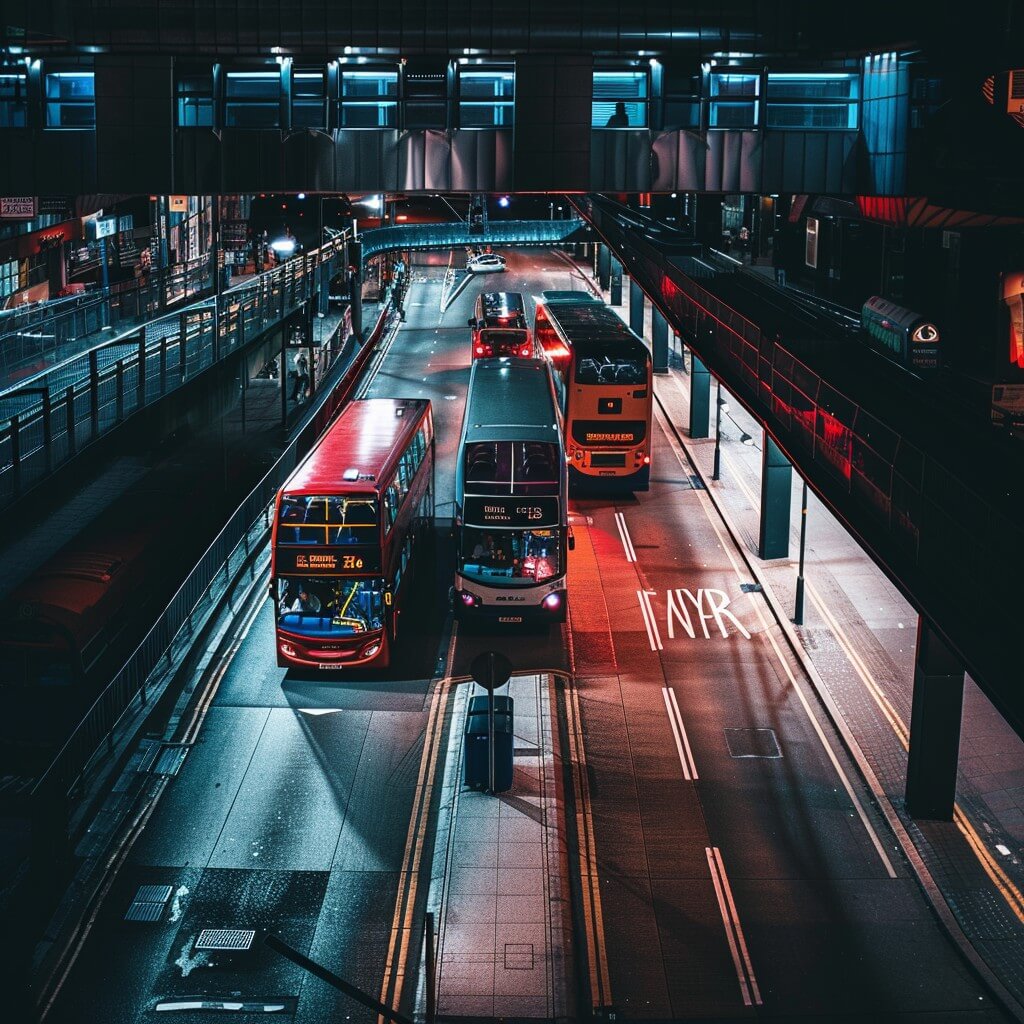Navigating Asia’s Transportation: Trains, Buses, and Flights

Asia transportation guide, with its vast expanse and diverse landscapes, offers a multitude of transportation options that cater to different travel needs and budgets.
Navigating these options can be both exhilarating and challenging, but with the right information, you can make your journey across this vibrant continent smooth and enjoyable.
This guide will help you understand the ins and outs of traveling by train, bus, and flight in Asia, addressing common concerns and providing practical tips.
Common Questions and Concerns
What’s the Most Cost-Effective Way to Asia transportation guide?
Travel costs can add up quickly, so it’s essential to choose the most cost-effective mode of transportation for your journey.
Generally, trains and buses are more budget-friendly compared to flights, especially for shorter distances.
However, there are times when flying might be the better option, particularly for long-haul travel or when time is of the essence.
Here’s a breakdown of when each mode of transport might be the most cost-effective:
- Trains: Ideal for medium distances and scenic routes. Booking in advance can secure cheaper fares.
- Buses: Often the cheapest option for short distances and within cities.
- Flights: Best for long distances or when time is limited. Look for budget airlines and deals.
How Do I Choose Between Trains, Buses, and Flights?
Choosing the right mode of transportation depends on several factors, including distance, budget, time, and personal preference.
Here are some considerations to help you decide:
- Convenience: Flights are fastest but involve airport transfers and security checks. Trains and buses often have more convenient city-centre locations.
- Cost: Buses are usually the cheapest, followed by trains. Flights can be more expensive, but deals and budget airlines make them accessible.
- Comfort: Trains offer more space and amenities than buses, making them more comfortable for long journeys. Flights provide a high level of comfort but can be cramped for economy travellers.
- Scenery: Trains offer scenic views and a relaxed travel experience, while buses can provide a closer look at local life.
How Can I Book Transportation Tickets in Advance?
Booking tickets in advance is crucial to secure the best deals and ensure availability, especially during peak travel seasons.
Here are some tips for booking each mode of transportation:
- Trains: Use official railway websites, travel agencies, or apps like 12Go Asia and Rail Ninja.
- Buses: Book through bus company websites, travel agencies, or apps like Busbud and RedBus.
- Flights: Use airline websites, travel agencies, or search engines like Skyscanner and Google Flights.
What Should I Know About Safety and Comfort?
Safety and comfort are paramount when travelling, especially in unfamiliar regions.
Here’s what you need to know for each mode of transportation:
- Trains: Generally safe, especially in countries with well-developed rail networks. Choose reputable companies and be mindful of your belongings.
- Buses: Safety can vary, so it’s important to research bus companies and read reviews. Long-distance buses often have more amenities.
- Flights: Airlines in Asia are generally safe, but it’s wise to check the safety records of budget carriers. Follow standard airport safety procedures.
Exploring Transportation Options
Trains: Scenic and Convenient
Travelling by train in Asia transportation guide offers a unique opportunity to experience the continent’s diverse landscapes and cultures.
Trains are often more comfortable than buses and provide a relaxing way to travel medium to long distances.
Why Choose Trains?
- Scenic Routes: Trains often pass through picturesque landscapes, offering a scenic and enjoyable journey.
- Comfort: With more legroom, dining cars, and sleeper options, trains are generally more comfortable than buses.
- Convenience: Train stations are usually located in city centres, making them easily accessible.
Tips for Train Travel:
- Book Early: Tickets, especially for popular routes, can sell out quickly. Booking in advance ensures availability and better prices.
- Know Your Classes: Trains often have different classes of service, from basic seating to luxurious sleeper cabins. Choose according to your comfort needs and budget.
- Pack Smart: Bring snacks, water, and entertainment for longer journeys. Some trains have dining cars, but it’s always good to be prepared.
- Be Punctual: Trains in many Asian countries run on time, so arrive at the station early to avoid missing your train.
Example: On a train journey from Bangkok to Chiang Mai, you can enjoy stunning views of Thailand’s rural landscape. The overnight trains are a great way to save on accommodation while you travel.
Notable Train Routes:
- The Trans-Siberian Railway: This iconic route connects Moscow with Vladivostok, passing through diverse landscapes of Russia and Asia.
- The Eastern and Oriental Express: A luxurious journey through Southeast Asia, connecting Bangkok, Kuala Lumpur, and Singapore.
- The Qinghai-Tibet Railway: The highest railway in the world, offering breathtaking views of the Tibetan Plateau.
Buses: Budget-Friendly and Accessible
Buses are a staple of travel in Asia, providing an affordable and flexible option for both short and long distances.
They are often the best way to reach smaller towns and rural areas not served by trains or flights.
Why Choose Buses?
- Cost-Effective: Buses are usually the cheapest mode of transportation, making them ideal for budget travellers.
- Accessibility: Buses can reach remote areas and provide extensive coverage within cities.
- Flexibility: With frequent services and multiple routes, buses offer flexibility in travel planning.
Tips for Bus Travel:
- Check Reviews: Research bus companies and read reviews to ensure a safe and comfortable journey.
- Prepare for Delays: Buses can be delayed due to traffic or weather conditions. Allow extra time in your itinerary.
- Comfort Matters: For long journeys, opt for a more comfortable bus with reclining seats, air conditioning, and onboard toilets.
- Bring Essentials: Pack snacks, water, and entertainment, especially for long-distance trips.
Example: In Vietnam, the bus ride from Hanoi to Ha Long Bay offers a glimpse into local life and is a cost-effective way to reach one of the country’s top attractions.
Notable Bus Routes:
- The Mae Hong Son Loop in Thailand: A scenic route through northern Thailand’s mountains and villages.
- The Kathmandu to Pokhara Route in Nepal: A popular route offering stunning views of the Himalayas.
- The Mekong Delta Routes in Vietnam: Providing access to the lush and vibrant Mekong Delta region.

Flights: Fast and Efficient
Flying is the fastest way to cover long distances across Asia. With numerous budget airlines and competitive prices, air travel has become increasingly accessible.
Why Choose Flights?
- Speed: Flights are the quickest option for long distances, reducing travel time significantly.
- Comfort: Air travel offers a high level of comfort, with modern amenities and services.
- Connectivity: Major cities and tourist destinations are well-connected by air.
Tips for Flying:
- Book in Advance: Flights can get expensive if booked last minute. Plan ahead to find the best deals.
- Check Baggage Policies: Be aware of baggage limits and fees to avoid surprises at the airport.
- Arrive Early: Allow plenty of time for check-in and security checks, especially in busy airports.
- Consider Budget Airlines: Airlines like AirAsia, Jetstar, and Scoot offer affordable flights across Asia.
Example: A flight from Seoul to Tokyo takes just a few hours, making it a convenient option for those looking to explore both cities in a short time frame.
Notable Flight Routes:
- Bangkok to Singapore: A popular route connecting two of Southeast Asia’s most vibrant cities.
- Tokyo to Hong Kong: Offering a quick connection between two major financial hubs.
- Delhi to Kathmandu: Providing stunning aerial views of the Himalayas.
Conclusion
Navigating Asia’s transportation system can be an adventure in itself, offering a blend of experiences that enhance your travel journey. For detailed insights and tips, refer to an Asia transportation guide to make the most of your travels.
Whether you choose the scenic train routes, the budget-friendly buses, or the fast and efficient flights, understanding the nuances of each mode of transport will help you travel smarter and more comfortably.
Use this guide to make informed decisions, enjoy the diverse landscapes, and create unforgettable memories across Asia.
Happy travels!
Frequently Asked Questions,
What are the main transportation options for getting around Asia?
The three primary modes of transportation for travelling around Asia transportation guide are trains, buses, and flights. Each option has its advantages:
- Trains offer a comfortable and scenic way to travel between major cities, especially in countries like Thailand, Malaysia, and Singapore. They are often more spacious than buses and allow you to move around during long journeys.
- Buses are typically the cheapest and most widely available option. They can reach more remote destinations and offer extensive route networks throughout Southeast Asia.
- Flights are the fastest way to cover long distances, though less sustainable. Budget airlines like AirAsia have made flying between major Asian cities quite affordable.
Which is the most cost-effective way to travel in Southeast Asia?
Buses are generally the most cost-effective way to travel around Southeast Asia. They offer extensive coverage to both major cities and smaller towns at very affordable prices.
For example, you can travel from Bangkok to Chiang Mai by bus for around $22, or from Kuala Lumpur to Singapore for just $11.
Local buses are even cheaper, though they may be less comfortable for long journeys.
Are trains a good option for travelling in Asia?
Trains can be an excellent option for traveling in certain parts of Asia, particularly in Thailand, Malaysia, and Singapore. For more detailed information, refer to an Asia transportation guide to help you navigate the best train routes and schedules in these regions.
The train journey from Singapore to Bangkok, passing through Kuala Lumpur and Penang, is considered one of the classic train routes in the world.
Trains often offer more comfort than buses for long-distance travel, with options for sleeper cabins on overnight routes.
However, train networks are not as extensive in some countries like Cambodia and Laos.
How reliable and comfortable are buses in Southeast Asia?
The reliability and comfort of buses in Southeast Asia can vary significantly. Tourist buses, which are popular among backpackers, are generally more comfortable than local buses.
They often have air conditioning and sometimes even onboard Wi-Fi. However, overnight buses can be challenging for getting a good night’s sleep due to factors like air conditioning, onboard entertainment, and frequent stops.
It’s advisable to check reviews or ask at your accommodation for recommendations on the best bus companies for your route.
Is it necessary to book transportation in advance when travelling in Asia?
For most bus and train journeys within Southeast Asia, it’s not strictly necessary to book far in advance.
You can often purchase tickets a day or two before travel, or even on the day of departure at the station. However, booking in advance can provide peace of mind and ensure you get a seat, especially during peak travel seasons or holidays. For a comprehensive Asia transportation guide, consider researching the specific booking policies and peak travel times for the country you are visiting.
For flights, booking in advance is generally recommended to secure the best prices, particularly with budget airlines.
Some popular train routes, like overnight sleeper trains, may also benefit from advance booking.